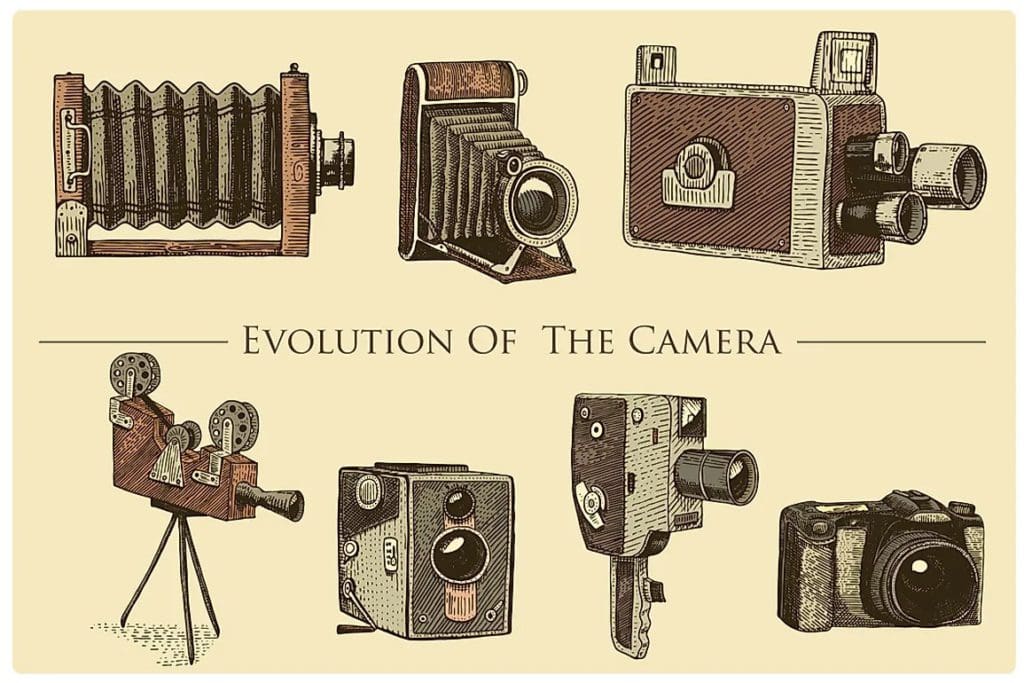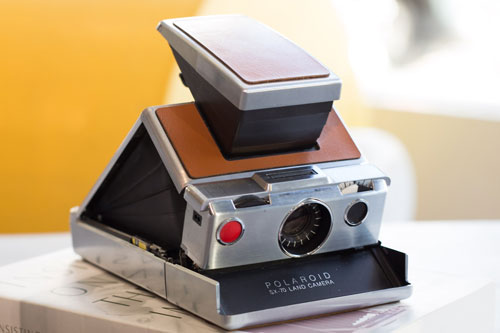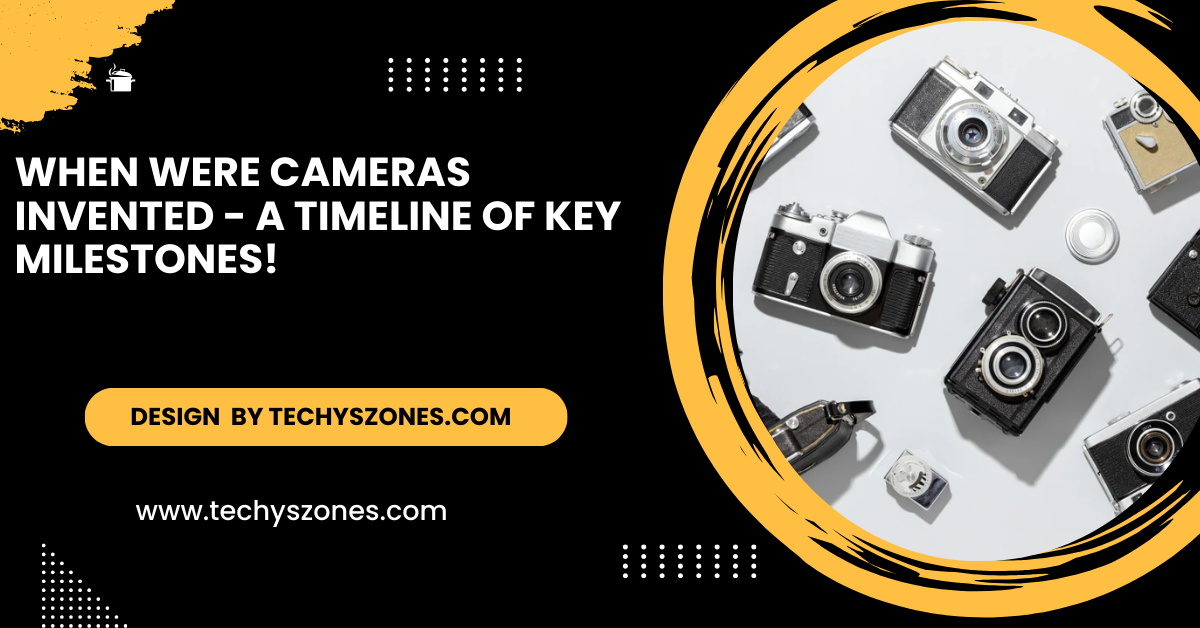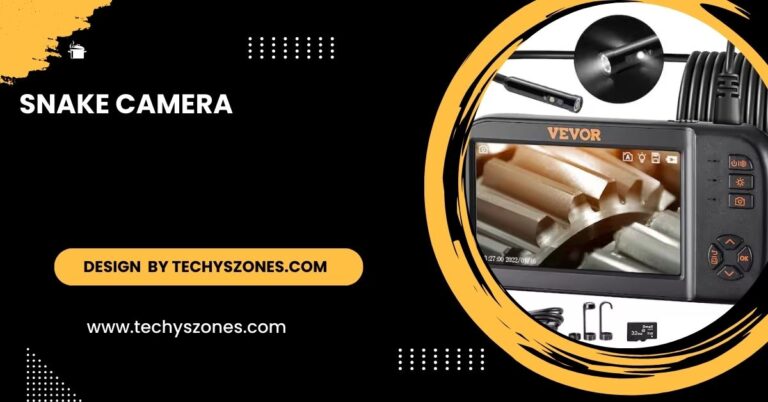When Were Cameras Invented – A Timeline of Key Milestones!
Cameras have evolved from the camera obscura to advanced digital technology, allowing people to capture and share moments instantly with ease and creativity today.
In this article, we delve into the fascinating history of cameras, from early optical experiments to modern digital photography, exploring key inventions and innovators that shaped photography’s evolution over time.
Early Beginnings: The Camera Obscura

The origins of camera technology trace back to the 5th century BCE with a simple concept known as the camera obscura—meaning “dark room” in Latin. Chinese philosopher Mozi and Greek thinker Aristotle observed that light passing through a small hole into a dark space would project an inverted image of the outside world onto the wall inside.
This was an early observation of what would eventually become the foundation of photography.
The camera obscura itself was not capable of capturing images permanently but served as a critical tool for artists and scientists who wanted to study perspective, light, and shadow.
First Captured Images: Nicéphore Niépce and the Birth of Photography
It wasn’t until the 1820s that someone figured out how to capture a lasting image. Nicéphore Niépce, a French inventor, created the first permanent photograph in 1826 or 1827. He used a process he called heliography (meaning “sun drawing”) and a camera obscura with a metal plate coated in bitumen. After an exposure time of around eight hours, Niépce successfully captured the view from his window.
This achievement marked the first true photograph, though the process was slow, labor-intensive, and impractical for everyday use.
The Daguerreotype: Photography Enters Public Use
French artist and chemist Louis Daguerre improved on Niépce’s invention, creating a more practical and accessible method for capturing images. In 1839, he introduced the Daguerreotype process, which involved treating a silver-coated copper plate with iodine vapor to make it light-sensitive. Exposure times decreased dramatically to 10–20 minutes, and the images produced were sharper and more detailed.
The Daguerreotype became the first commercial camera process, and its invention marked the official birth of photography as we know it today. With support from the French government, Daguerre made his process available to the public, sparking widespread interest and making photography accessible to the masses.
Also Read: Will Black Magic Video Assit Support Sony Cameras – Top Guide For 2024!
The Evolution of Film Photography: Calotypes and Kodak
In 1841, Englishman William Henry Fox Talbot introduced the Calotype, an early photographic technique that used paper coated with silver iodide. Unlike the Daguerreotype, which produced a single image, the Calotype created a negative image, allowing multiple prints to be made from one exposure. This innovation became essential to the development of photography and is the basis for traditional film photography.
By the 1880s, George Eastman further revolutionized photography by founding Kodak and introducing the first portable, consumer-friendly camera. His invention, the Kodak camera, came preloaded with a 100-exposure roll of film and required users only to press a button to take a photo. After the roll was finished, the camera was sent back to Kodak, where the film was developed, and the camera was reloaded. The slogan, “You press the button, we do the rest,” transformed photography into an everyday activity.
The Rise of Instant Photography: Polaroid Cameras

In 1948, Edwin H. Land invented the first Polaroid camera, which allowed users to take and instantly develop photos in a matter of minutes. The Polaroid Model 95 camera introduced instant photography to the public, providing immediate satisfaction and a new, accessible way to capture memories. Over the next few decades, instant cameras became immensely popular for personal use, as they offered both convenience and novelty.
The Digital Revolution: CCD Sensors and DSLR Cameras
The late 20th century witnessed the rise of digital photography, which completely changed the camera industry. In 1969, Willard Boyle and George E. Smith invented the charge-coupled device (CCD), which could capture images electronically. By the 1980s, early digital cameras were developed, and by the 1990s, the technology advanced rapidly.
In 1991, Kodak introduced the first professional digital camera system, marking the beginning of the digital era in photography. Digital Single-Lens Reflex (DSLR) cameras became popular among professionals and enthusiasts alike in the 2000s, offering a range of features that were impossible with traditional film.
Cameras Today: From Smartphones to AI Photography
Today, cameras are embedded in virtually every smartphone, allowing billions of people worldwide to capture and share images instantly. Modern smartphone cameras use AI technology to enhance image quality, enabling even amateur photographers to capture high-quality photos.
With innovations like mirrorless cameras, 4K and 8K video recording, and computational photography, cameras have advanced to a point where they capture images in ways that early inventors could never have imagined.
Also Read: Who Makes Anpviz Cameras – Discover the Best Security Brand of 2024!
Key Milestones in Camera History:
- 5th century BCE: Observations of light and the formation of images (Mozi, Aristotle).
- 11th century: Camera obscura concept detailed by Alhazen.
- 1826: Nicéphore Niépce capture the first permanent photograph.
- 1839: Louis Daguerre introduces the Daguerreotype, launching photography as a commercial practice.
- 1841: William Henry Fox Talbot develops the Calotype process.
- 1888: George Eastman introduced the Kodak camera.
- 1948: Edwin H. Land creates the first Polaroid camera.
- 1969: CCD sensor is invented, laying the groundwork for digital photography.
- 1991: Kodak launches the first professional digital camera system.
FAQ’s
1. When was the first camera invented?
The concept of the camera dates back to the 5th century BCE with the camera obscura, but the first photograph was captured by Nicéphore Niépce in the 1820s.
2. What was the Daguerreotype, and why was it important?
The Daguerreotype, invented by Louis Daguerre in 1839, was the first widely accessible method of photography, making it possible for the public to capture images.
3. How did George Eastman revolutionize photography?
George Eastman, founder of Kodak, introduced the first consumer-friendly, portable camera in 1888, allowing everyday people to take photos easily.
4. When did instant photography become popular?
Instant photography became popular with the invention of the Polaroid camera by Edwin H. Land in 1948, allowing users to develop photos within minutes.
5. How did digital cameras change photography?
Digital photography began in 1969 with the invention of the CCD sensor, and by the 1990s, digital cameras replaced film, offering greater convenience and flexibility in image capturing and sharing.
Conclusion:
In conclusion, the journey of camera technology from the camera obscura to digital innovations has revolutionized photography. Key inventions like the Daguerreotype, Kodak, and digital cameras made capturing moments accessible and instantaneous, shaping how we document and share our world. Today, with advanced smartphone and AI technology, photography is more convenient and creative than ever.







